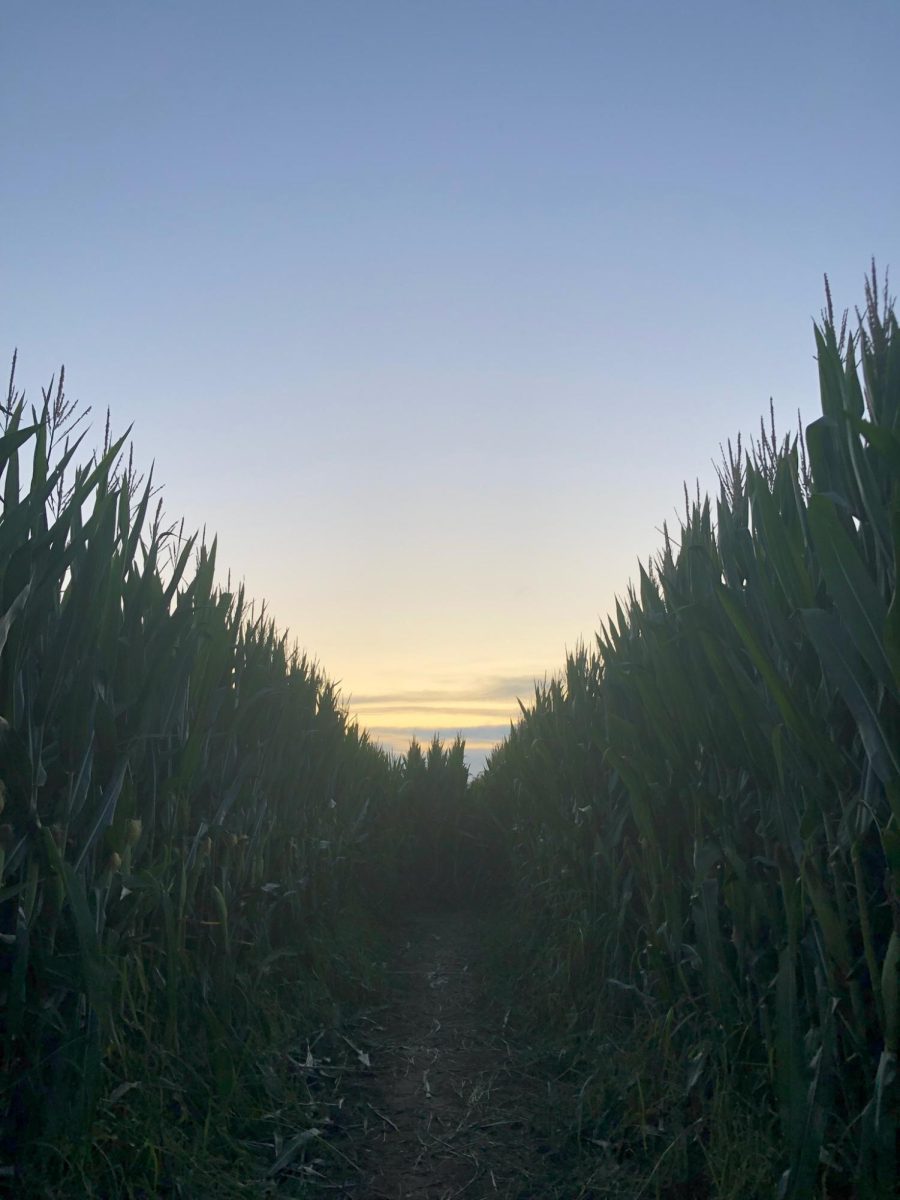Agriculture is often accused by environmentalists for contributing to greenhouse gas emissions and its poor use of resources. Although this is true on some levels, many farming management myths circulate through society’s consciousness.
One of those myths is that the agriculture industry is not doing enough to become sustainable. However, at Chico’s University Farm, research is being conducted on regenerative agriculture to make farming more environmentally friendly and resource conservative. Let’s explore exactly what this means.
Regenerative or sustainable?
A new term is rising up to replace the generic term “sustainable.” This new term is “regenerative.” What is the difference?
According to Kate Moore, a Chico State professor of animal science, regenerative agriculture focuses more on “soil health, keeping our land healthy, starting to do research on soil and carbon, biology of our soil. Sustainable and regenerative are the same thing, but we’re just calling them different things.”
Based on the knowledge I have gained from my animal science course, sustainability’s main priority is reducing or conserving, whether it be carbon emissions, water use or plastics. On the other hand, regenerative agriculture focuses more on rebuilding or replenishing.
Similar to sustainability, regenerative focuses on conserving resources. However, it takes the extra step to maintain those resources – especially soil.
What do regenerative soil practices even look like?
Soil health is the root of agriculture. How we treat that soil makes all the difference.
Soil health means “putting more back than you take away,” Garrett Liles, a Chico State soil science professor, said. This is achieved when farmers perform practices such as reducing soil disturbance by limiting tillage, keeping soil covered by crops year round and cutting back on fertilizers and pesticides.
Doing so reduces soil erosion, brings rich nutrients back to the soil and can even increase how much carbon is absorbed from the atmosphere back into the ground. Regenerative soil practices not only benefit the environment but also increase farmers’ success. Farmers can grow healthier crops while also being able to make a profit. It is a win-win situation.
What regenerative agriculture research is the University Farm conducting?
University Farm is currently participating in the The California Soil Carbon Accrual Project.
“We got funding for a collaborate project with faculty on campus and other campuses [including California State University, East Bay], funding through the UC Office of the President for Climate Smart Commodities Program,” Liles said. “We have a project at the farm and four other farms across California that are looking at a regenerative management system right next to conventional management.”
The purpose of the project is to compare how different farming management systems impact soil quality. Across California several participating farms are growing different types of crops, such as rice, alfalfa, cotton and at Chico, grain.
Each farm has two fields. One is under conventional management, including lots of tillage, fertilizer use and a lack of crop rotation – a typical farming system where different crops are planted in the same field year round. The other is under regenerative management – with crop cover, minimized disturbance and multispecies crop rotation. Solar-powered measurement devices called eddy covariance towers collect data from both fields on the soil’s carbon, water and energy levels.
The data gathered from these ongoing experiments is meant to provide evidence to the agriculture industry that these regenerative management practices that prioritize soil health are effective and profitable. It will also increase carbon absorption in the soil to be used for crop growth.
Why are these regenerative practices being delayed across California?
The dedicated effort to implement regenerative agriculture and decipher our soil is relatively new, so development is slow to take root. Plus, the time, money and resources required to apply this alternative research is often something many California farmers do not have.
“It’s really hard to be a farmer right now in California,” Moore said. “It’s stressful and hard to pay the bills. It’s even harder to add research on top of that.”
Farmers are already stretched thin. The unpredictable weather in California, wildfires and inflation cause farmers to struggle enough to barely make a profit. Adding heavily time-invested research activities is something farmers simply do not have the energy or money for.
How can we keep our soil healthy if farmers are not willing to take that risk and apply it to their businesses? Moore stresses that making research worth the farmers’ time is crucial. Collaboration is key. For example, on Moore’s family rice farm some regenerative agriculture researchers installed their eddy covariance towers themselves so data could be collected.
Coming up with ways to incentivize farmers to adapt to regenerative agriculture methods is key. The College of Agriculture accomplishes this by publishing its research. The College’s Center for Regenerative Agriculture and Resilient Systems conducts conferences and presentations to show California farmers how these management methods are in their best interest.
Why should the average student care about regenerative agriculture?
“As the regenerative term gets really big, it gets important to explain how we’ve always invested in regenerative practices,” Moore said. “There are so many researchers that do stuff here in the college that fit under the regenerative umbrella. They won’t always call it regenerative, but it still fits.”
Although regenerative is a relatively new term, the idea itself goes back several decades and can be applied to different areas of agriculture. As Moore relays, the University Farm values regenerative practices, especially in its livestock units.
These practices include improved genetics and breeding, better nutrition choices and effective rangeland management. However, the main element of regenerative agriculture is soil. So why should students care?
“I think the best answer is that we should all care about our food and how it is produced and where it is coming from,” Moore said. “When we have students and consumers that understand how we farm, it really helps farmers succeed and get healthy food to the table.”
Students who are aware of how their food is grown and what management practices take place can be more mindful and confident in their consumer choices. Being aware of real farming practices and the efforts made to replenish our soil can create a mutual understanding between consumer and farmer.
“Me personally, my entire thing that I do is try to get people to understand that soils are the most important thing on the planet,” Liles said. “We all rely on soils every single day for everything – food, air, water. That’s my life’s mission.”
Elena Mendonsa can be reached at orionmanagingeditor@gmail.com






